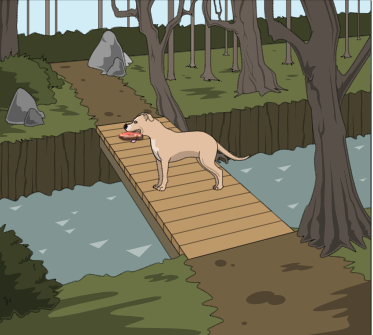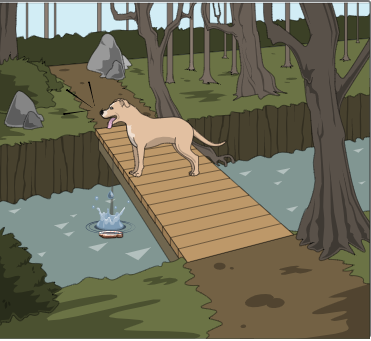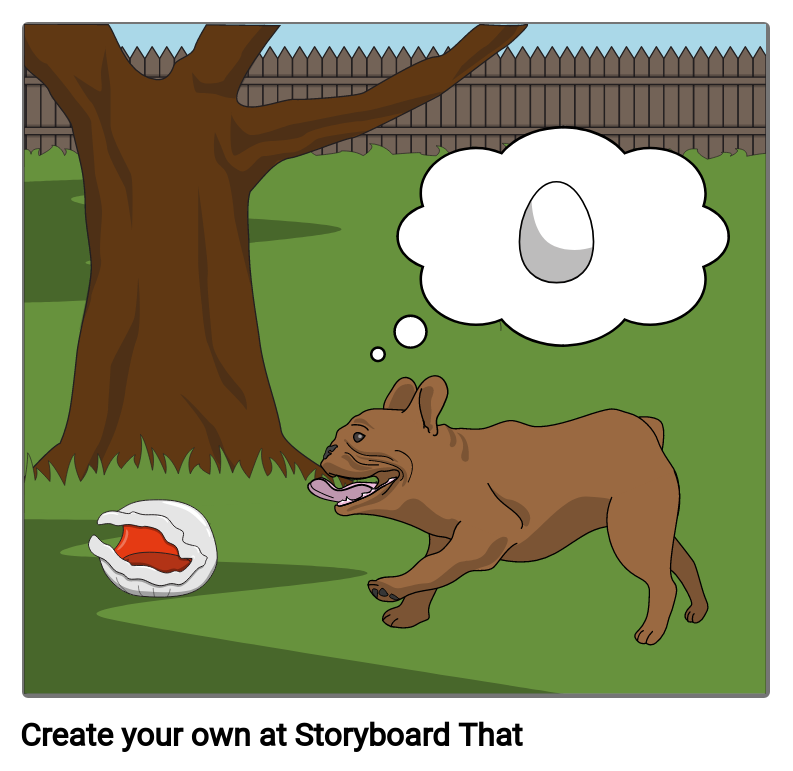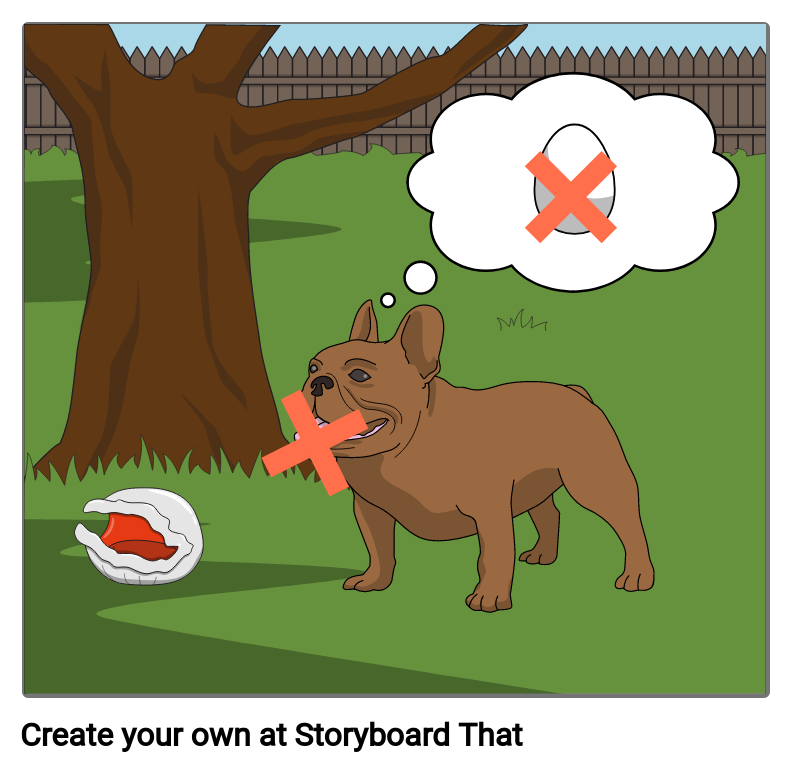PART A_1
Let’s introduce ourselves to each other.
自己紹介をしましょう。
PART A_2
My name is ________________. What is your name?
PART A_3
I am ________________. Nice to meet you.
PART A_4
Nice to meet you too, ________________. How are you today?
PART A_5
________________________________. How about you?
PART A_6
________________________________. Let’s begin our lesson!
PART B_1
Let’s learn new vocabulary. Listen and repeat these words with your tutor.
単語を学習しましょう。講師のあとについて音読してみましょう。
PART B_2
| 1. birthday 誕生日 | |
| 2. easy 簡単 | |
| 3. remember 覚える、思い出す |
PART C_1
Let’s learn today’s phrases. Read the sentences below.
会話表現を学びましょう。以下の文章を音読してみましょう。
PART C_2
When is your birthday?
あなたの誕生日はいつですか?
My birthday is on September 10.
私の誕生日は9月10日です。
PART D_1
Let’s read the dialogue. I will play Ron and you will play Emma. Then, we’ll switch roles.
以下の会話文を読みましょう。最初に講師がRon、あなたがEmmaの部分を読みます。終わったら交代しましょう。
PART D_2

Emma, when is your birthday?
|
|
My birthday is on July 11.
|

Okay, that’s easy to remember.
|
|
How about you? When is your birthday?
|

My birthday is on January 8.
|
|
Oh, are you excited?
|

Of course!
|
PART E_1
Let’s read the dialogue. Read aloud, filling in the blanks as you remember the sentence you just read.
以下の会話文を読みましょう。先ほど読んだ文を思い出しながら、空欄を埋めて音読しましょう。
PART E_2

Emma, when is your birthday?
|
|
My birthday is __________.
|

Okay, that’s easy to remember.
|
|
How about you? __________?
|

May birthday is on January 8.
|
|
Oh, are you excited?
|

Of course!
|
PART F_1
Fill in the blanks and complete the conversation.
空欄を埋めて、以下の会話文を完成させましょう。
PART F_2
| 1. | A: When is your birthday? B: ____________ December 25. |
| 2. | A: __________________? B: My birthday is on Friday. |
| 3. | A: It’s my birthday today. B: Happy ___________! |
| 4. | A: __________ brother’s birthday? B: Sorry, I don’t remember. |
PART G_1
Let’s do a roleplay. Talk with me according to the situation below, using the expressions you just learned.
ロールプレイをしましょう。以下のシチュエーションに沿って、講師と話をしましょう。この時、今日習った表現を使ってみましょう。
PART G_2
You are with your newfound friend. Ask him/her when his/her birthday is.
あなたは新しい友達と一緒にいます。誕生日はいつなのか聞いてみてください。
PART G_2
REVIEW AND FEEDBACK
Now, let us review the things that you learned in this lesson.
ではこのレッスンで学んだことを振り返りましょう。
(Please give a short feedback on how your student did on your class.)
| Grammar 文法 |
Pronunciation 発音 | Vocabulary 単語 |
Comprehension 理解 |
|
|---|---|---|---|---|
 GOOD GOOD |
文法の誤りはほとんどなく、完全な文章で話すことができる | ほとんどの単語をはっきりと正しく発音することができる | 習った表現を適切に使うことができる | 文章を理解し、質問に正しく答えることができる |
 FAIR |
文法の誤りはあるが、完全な文章で話すことができる | 発音の練習が必要な言葉がいくつかある | たまにミスはあるが、習った表現を適切に使うことができる | 文章を完全に理解するのは難しく、質問に正しく答えられないときもある |
 POOR |
文章で話すのは難しく、単語だけで話すことができる | 発音の練習が必要である | 習った単語と表現を少しだけ使うことができる | 文章を理解するのは難しく、質問に答えるのは難しい |









![Cell-Row-0-Col-0[1]](https://eikaiwa.weblio.jp/information/wp-content/uploads/2021/03/Cell-Row-0-Col-01.png)
![Cell-Row-0-Col-1[1]](https://eikaiwa.weblio.jp/information/wp-content/uploads/2021/03/Cell-Row-0-Col-11.png)